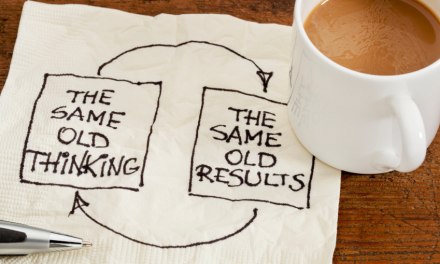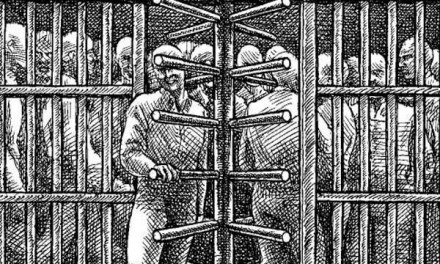There have been some very powerful arguments made by patients and pain specialists in support of liberalized prescribing practices for opioids in the treatment of chronic pain. No question they believed that a normal life was not possible without these drugs. But our approach to chronic pain continues to improve, and we now have many examples of patients who were able to achieve that goal. How did they manage it? And might others follow a similar path?
This account from a university medical center publication describes one patient’s experience in leaving opioids behind.
The story begins with frustration. A man is taking four different painkillers, plus ibuprofen, plus a muscle relaxant, and for whatever reason, it’s no longer working. Increased doses seem to make little or no difference. His overall level of function isn’t what he wants or needs it to be. It’s likely that all that medication is adversely affecting his mental state.
This is not uncommon. Recent research suggests that opioids are not actually the best treatment for long term pain. They may even contribute to hyperalgesia, or an increased sensitivity to pain. In other words, the treatment has become part of the problem.
We shouldn’t ignore the emotional factors involved in chronic pain– such as anxiety and depression. From the article: “We’ve learned over the years that opioids alone really shouldn’t be used with chronic pain, because they’re not getting to the root of the pain.”
We can also retrain the brain through cognitive techniques that improve our response to stress. “The better someone becomes at managing stress and distress, the better the person is able to manage their own pain.”
Not that it’s ever easy to change a longstanding pattern of thinking and feeling, but it is in fact possible. Just knowing that gives cause for optimism.
Something else worth noting: This patient seemed to benefit substantially from the involvement of the non-physician members of the treatment team. Here that meant a physician assistant and a mental health therapist. It’s with them that he established the sort of therapeutic alliance that rarely occurs in the too-busy environment of a doctor’s office or clinic. Their involvement, under physician supervision, provided a level of ongoing support that carried him through the many ups and downs that invariably occur in recovery.
And I suspect it was that support that made the difference.












